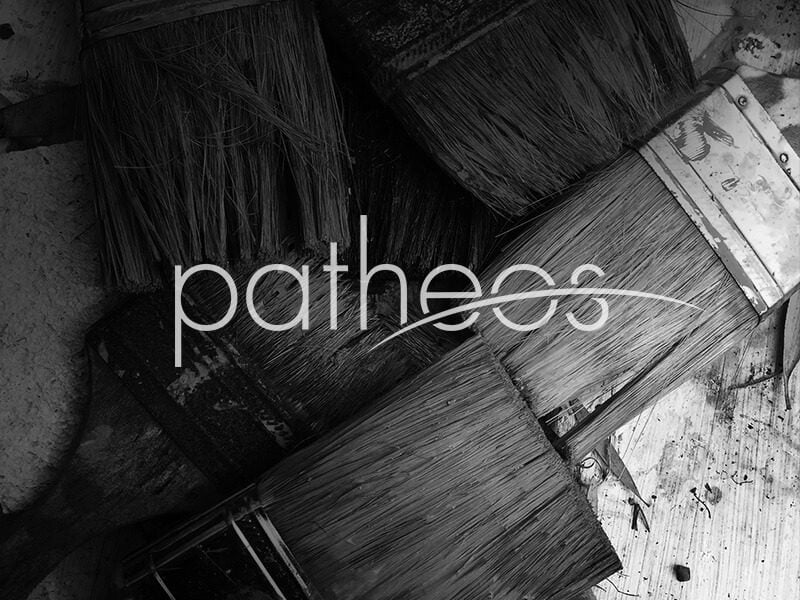Jesus’ message to Sardis uses the word “name” (onoma) four times, first in the sense of “reputation” (Revelation 3:1), then as a stand-in for person (v. 2), and finally twice in Jesus’ promise to those who keep up with their laundry (v. 5).
We have the odd phenomenon of poorly- and well-dressed “names.” Jesus knows that some “names” have not soiled their clothing, and these are the “names” that will walk with Jesus dressed in white. They are “worthy” names because they have not polluted their clothing (v. 4). Obviously, both “name” and “garments” are metaphorical.
This is not difficult to understand, but the double-layered metaphor is worthy (like the undefiled names) of a moment’s notice. What, if anything specific, is the literal referent for the name and the garment? If the name is the person, what is the soiled/white robe? If the name is the person’s reputation (as in v. 1), why do we need to add a comment about the clothing, a common image of public status and repute? The two metaphors seem to collapse into one. But then why two?
We might begin to unravel the imagery by looking back to the beginning of the letter. Jesus charges that there is a difference between the “name” of the angel and the reality. He is reputed to be alive, but he is dead (v. 1). He is among the names who has defiled (moluno) his garments, and he has defiled his clothing by being a dead name. Death defiled (Numbers 19), including clothing (anyone corpse defiled has to wash his clothes). The names in Sardis who are truly alive don’t soil their garments, and their names are, appropriately enough, retained in the book of life (Revelation 3:5).
Then we can add that the linen garments of the saints are identified elsewhere as their righteous acts (19:8). Clothing represents works, and defiled clothing represents defiled works. Here the defilement doesn’t come from the work itself, but from the condition of the “name” wearing the clothing. A dead name defiled the works he wears. His works become soaked in death. He can have clean clothes only if he wakes from his death-sleep. If his name stays dead, his clothing will remain polluted and his name will be blotted from the book of life.
So, name = person; clothing = works; the clothing is clean or dirty depending on whether the name is alive or dead.
We can deepen this a bit by recognizing that the “name” is associated with the temple. Yahweh’s Name dwells in the Most Holy place, as He takes the tabernacle as His garment and later the temple as His house-clothing. He sanctifies that house by His presence, but the house can become defiled. What Yahweh’s name is in the house, a human “name” is in his garments of works. Keeping the clothing undefiled is analogous to maintaining the purity of God’s dwelling.
That doesn’t quite snap into place, but perhaps it represents progress.











